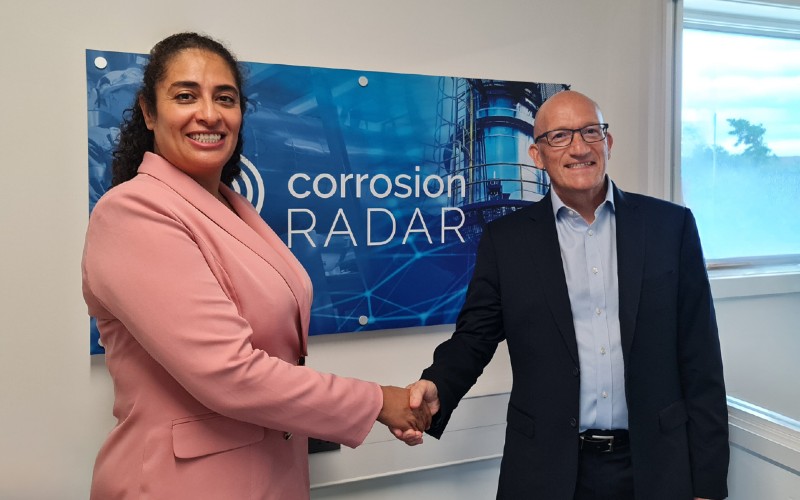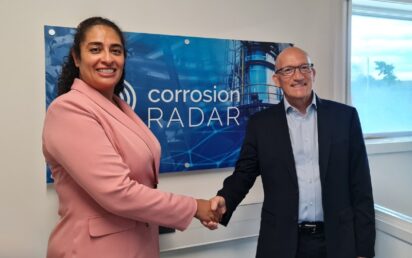Former BP chief of staff Dominic Emery has joined the board of Cambridge tech firm CorrosionRADAR.
CorrosionRADAR is a leading global provider of predictive corrosion monitoring and analytics products.
Emery, who was formerly chief of staff at BP and also head of strategy, brings with him a wealth of experience from across the energy sector.
He was founding CEO of the Oil and Gas Climate Initiative’s (OGCI) $1bn Climate Investment Fund, set up by the world’s leading oil and gas companies to invest in technologies to reduce carbon emissions.
He is currently a distinguished fellow with the World Economic Forum and a senior fellow of the Mission Possible Partnership.
Based in Cambridge, CorrosionRADAR was founded in 2017 as a spin-out from the University of Cranfield. Its investors include Mercia, SAEV and angel investors.
Emery’s appointment will help support the company’s expansion plans, as it prepares to enter new markets.
Dr Chiraz Ennaceur, CEO of CorrosionRADAR, said: “We’re delighted to welcome Dominic Emery to our board of directors as we embark on the next phase of growth at CorrosionRADAR.
“Dominic has extensive experience from some of the world’s leading energy companies, and his expertise will help us considerably as we continue to lead the charge in accelerating the rollout of technologies that detect, locate, and address the risk of corrosion damage before it occurs.”
Emery said: “It is a great honour to join CorrosionRADAR at such a pivotal time for the business. Technologies such as CorrosionRADAR’s moisture and corrosion monitoring systems are offering an important solution to a widespread industry problem, as well as assisting companies as they navigate the energy transition and look to seize the opportunities on offer.
“I’m looking forward to working closely with the board to help the company realise its future ambitions.”
CorrosionRADAR’s remote monitoring system and predictive analytics software provides real-time insights on corrosion issues enabling predictive maintenance, extending the lifespan of critical assets, and reducing the risk of accidents.


